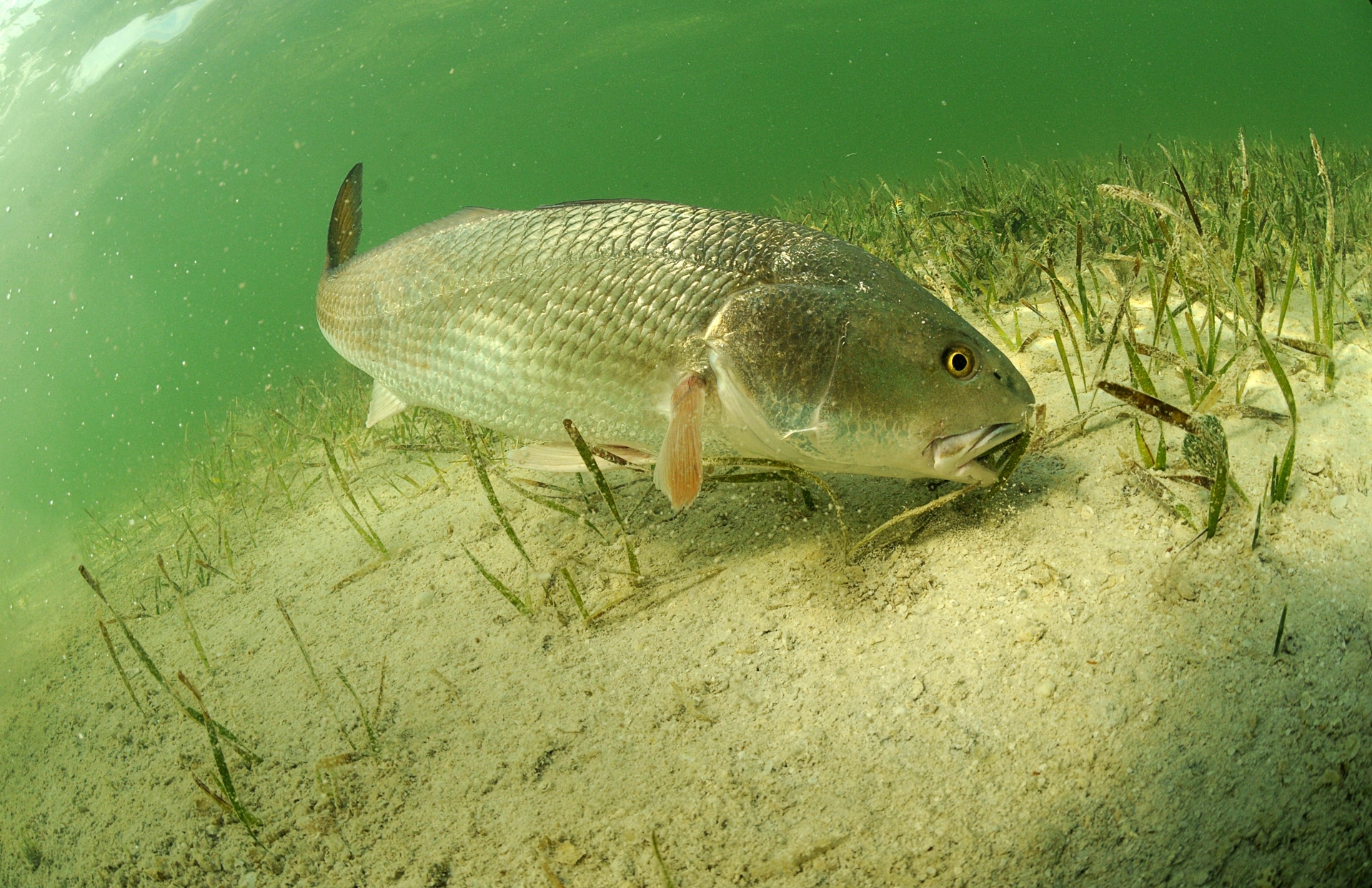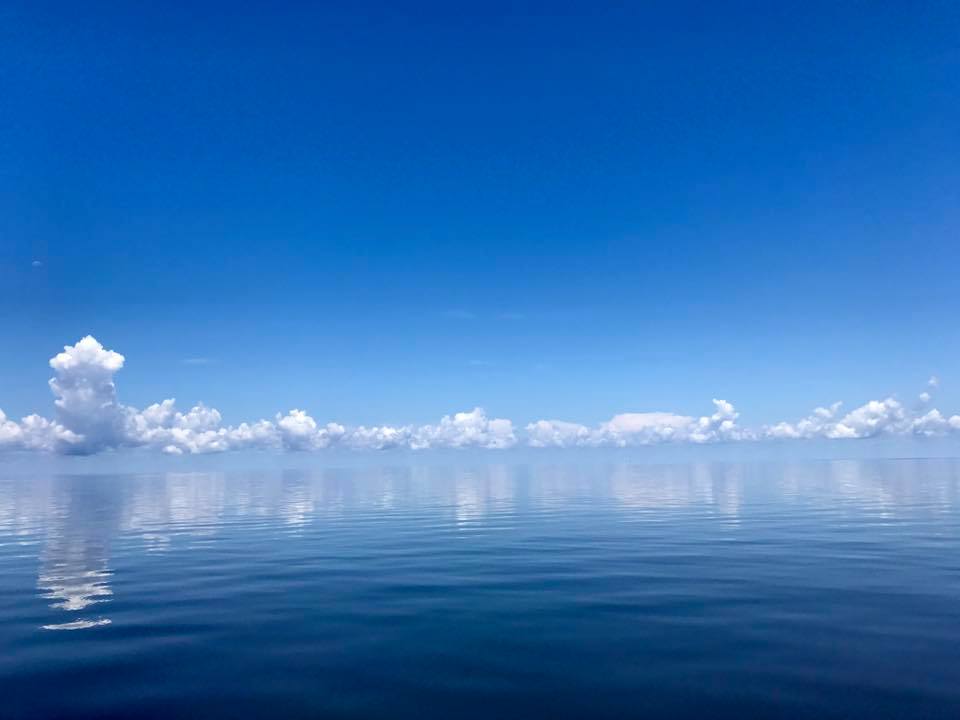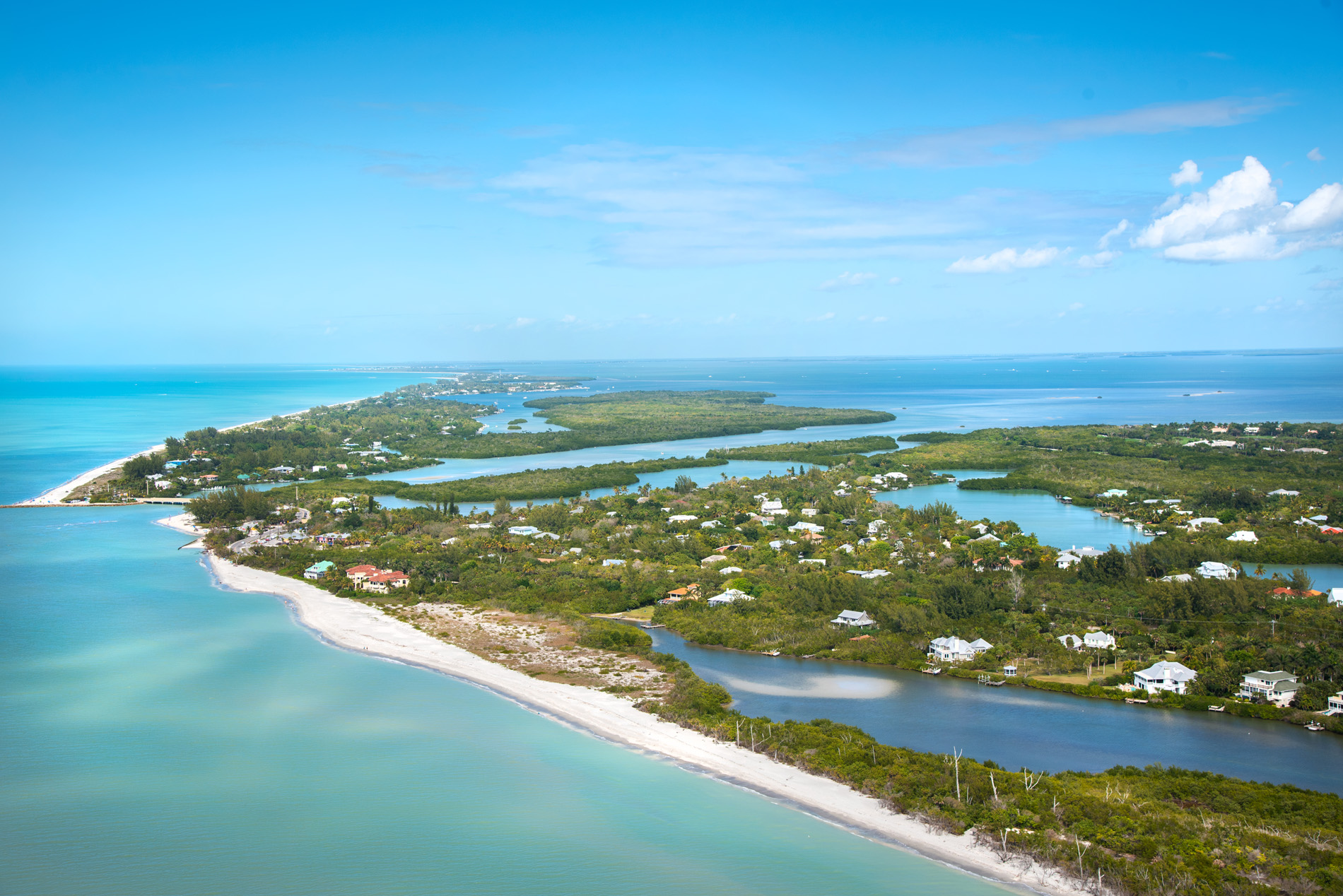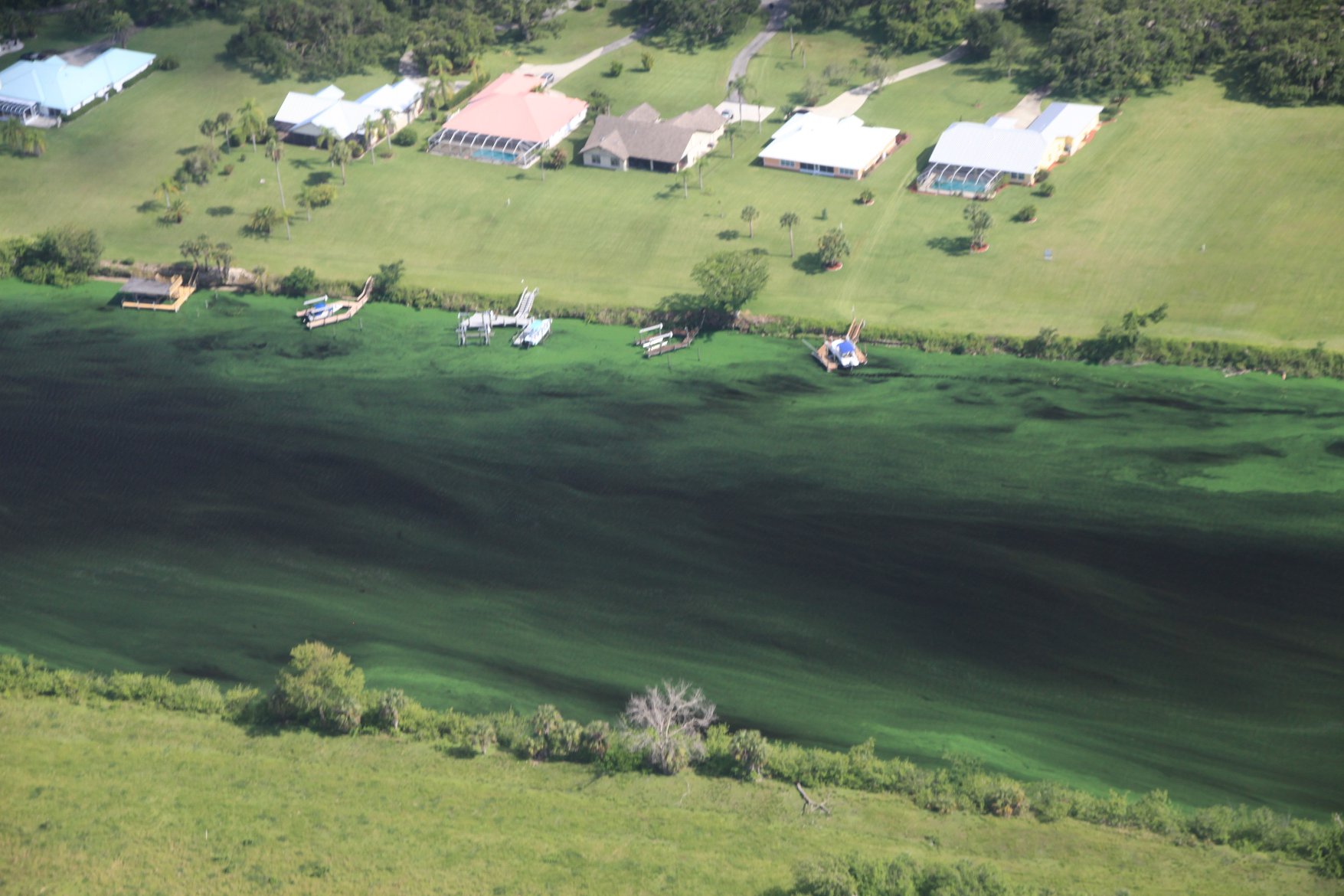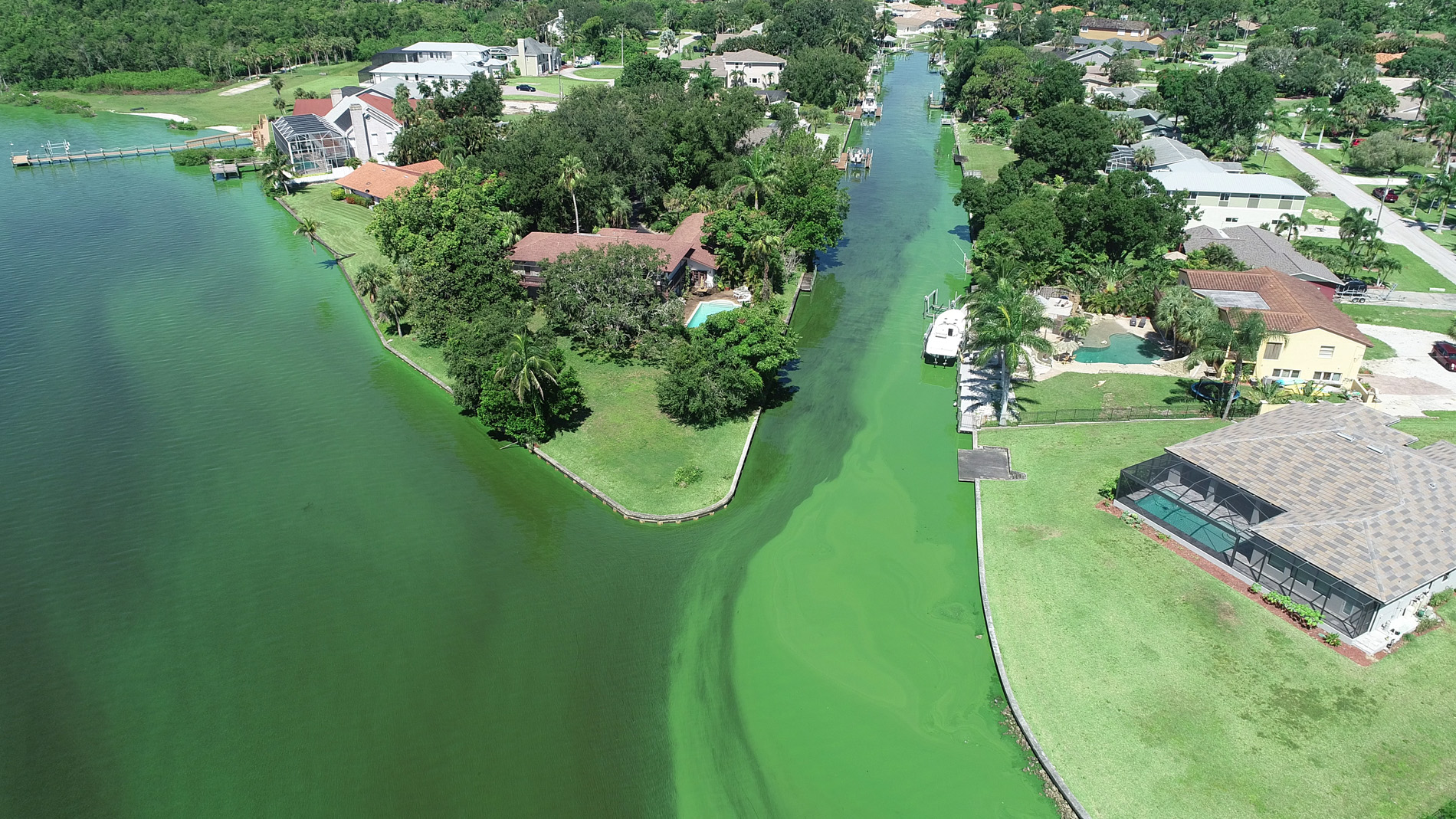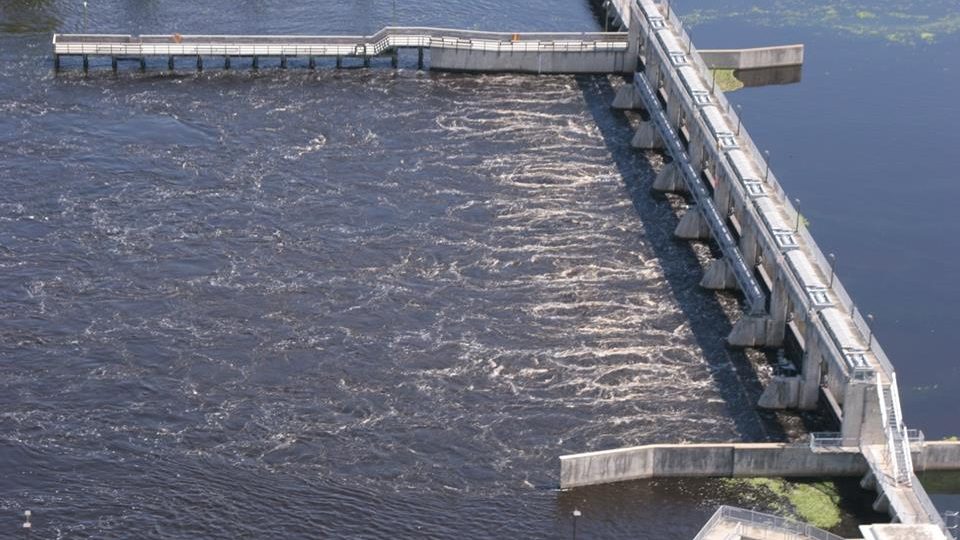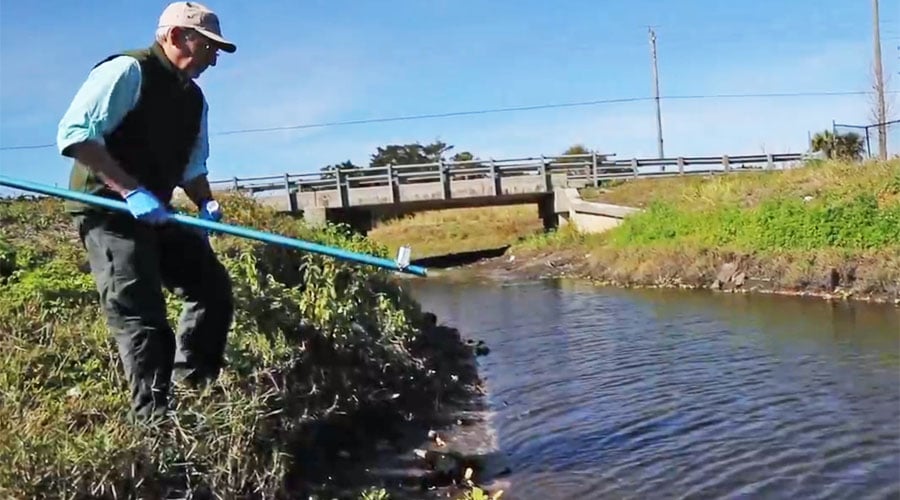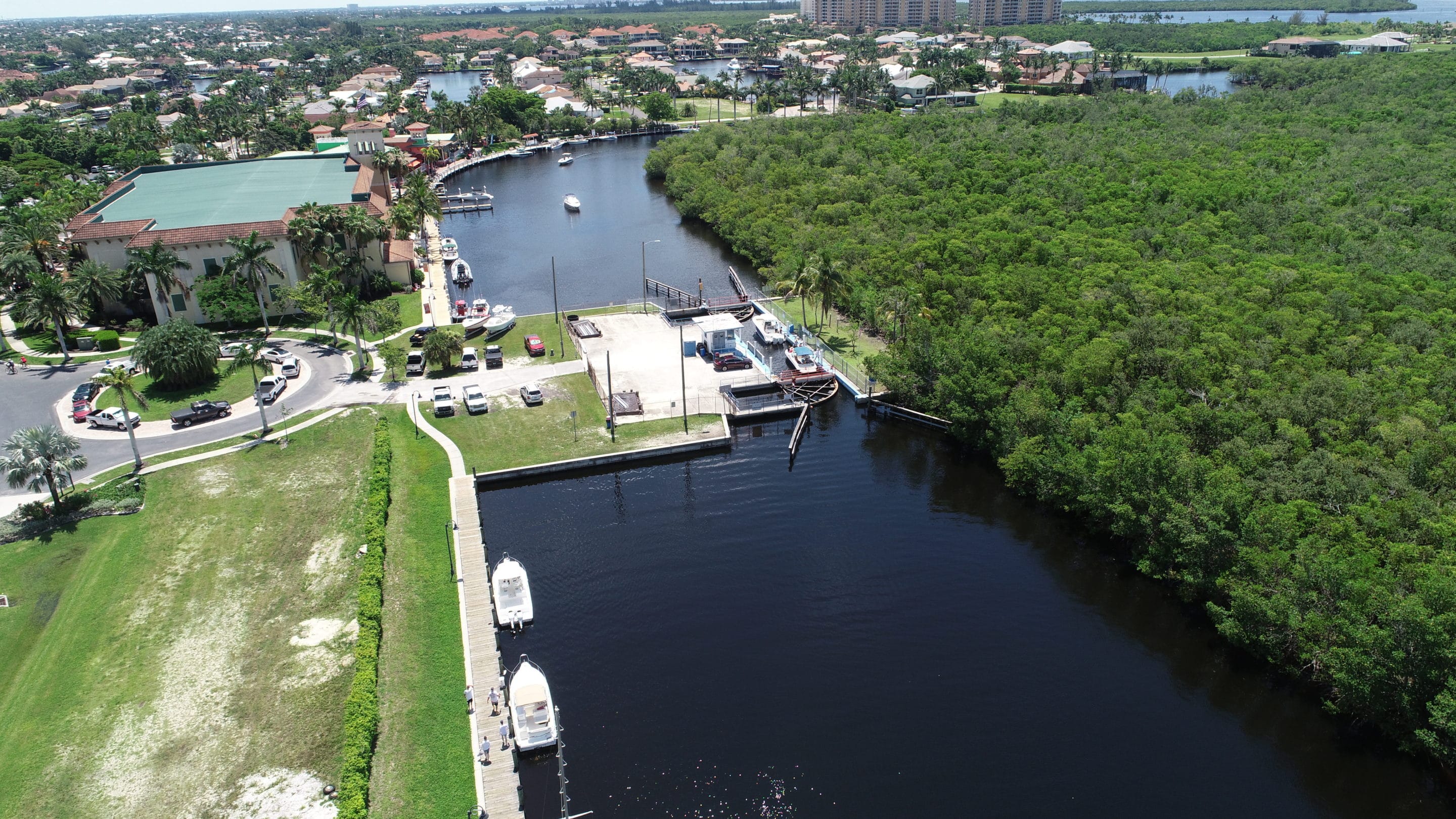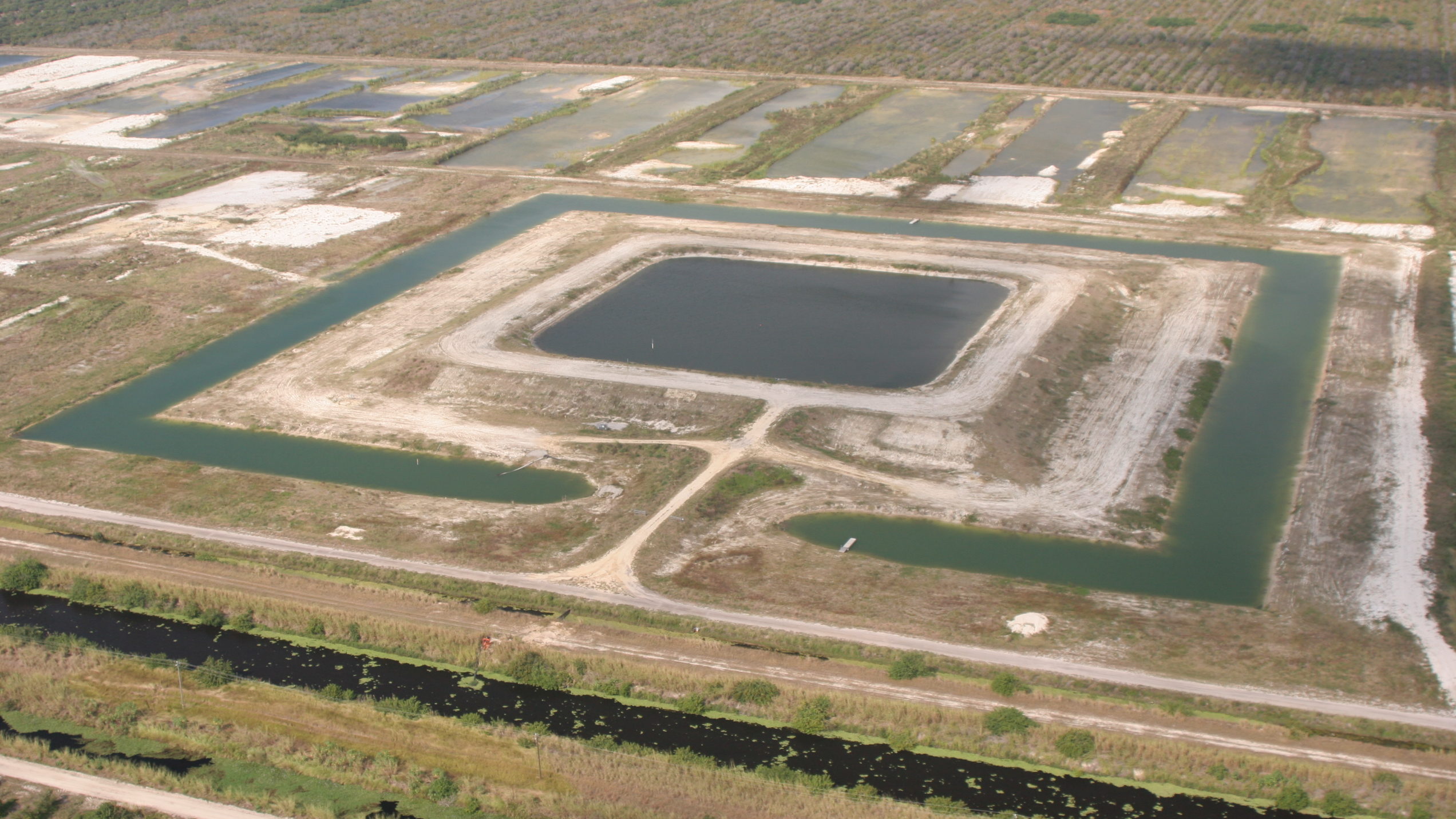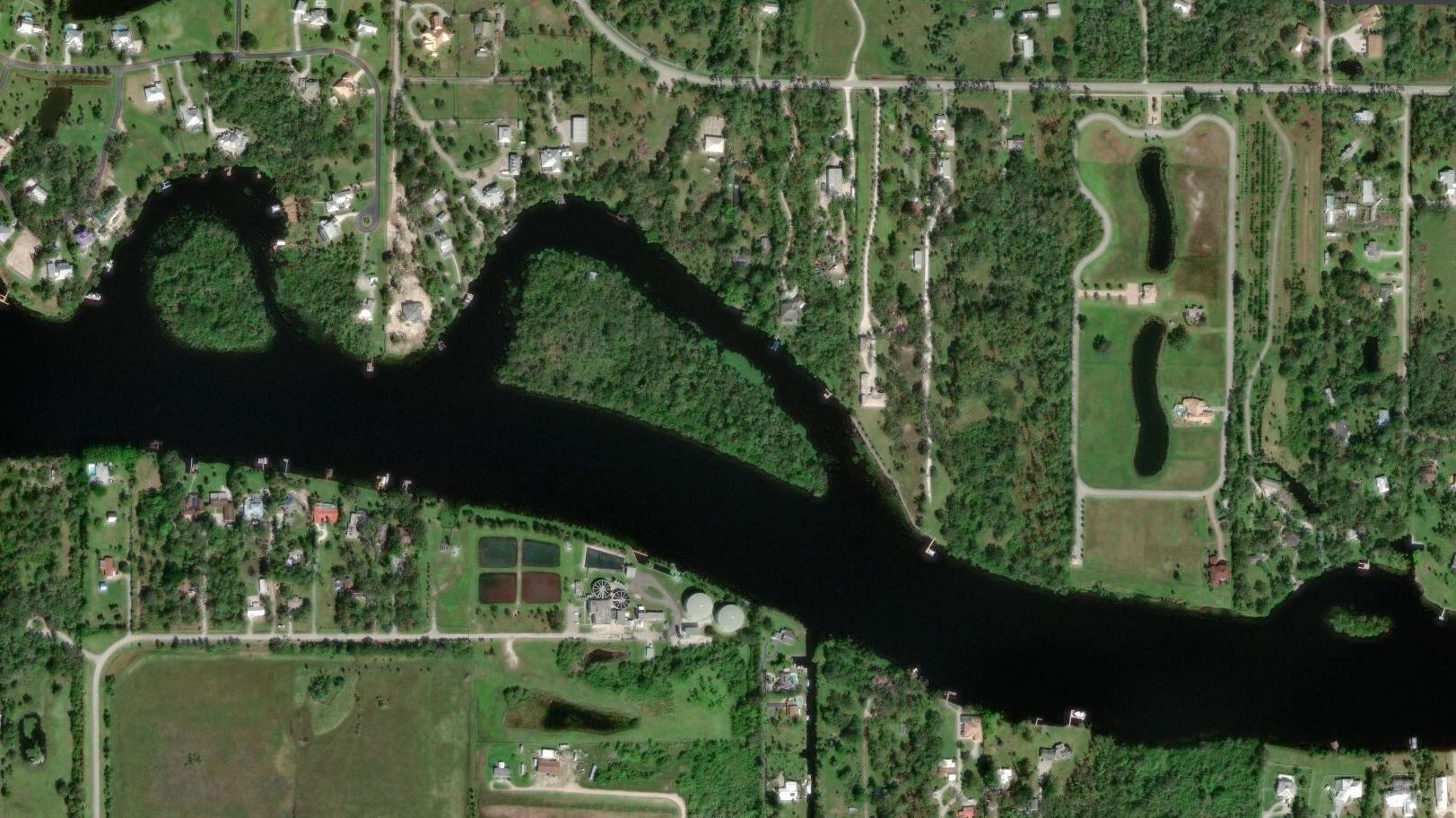Learn the Issues
Our Priority Items
Harmful Algal Blooms
Cyanobacteria & Red Tide
Cyanobacteria (blue-green algae) and Karenia brevis (red tide) have been making major impacts in Southwest Florida.
Lake Okeechobee Discharges
Revise System Operating Manual
The Caloosahatchee River often suffers from too much freshwater in the wet season, and not enough freshwater in the dry season.
Bacteria Monitoring
Fecal Indicator Bacteria Contamination
Calusa Waterkeeper is at the forefront of monitoring Lee County tributaries for fecal indicator bacteria.
Cape Coral Spreader Canals
Nutrient & Sediment Loading
The City of Cape Coral is working to remove large storm-water barriers to make recreational boating more convenient.
C-43 Reservoir
Caloosahatchee Estuary
The C-43 Reservoir is a major CERP project designed to store and control water discharges to the Caloosahatchee estuary.
Caloosahatchee Oxbows
History & Preservation
Calusa Waterkeeper has been working to monitor and preserve historic oxbows in the upper Caloosahatchee River.
Make a Donation

























